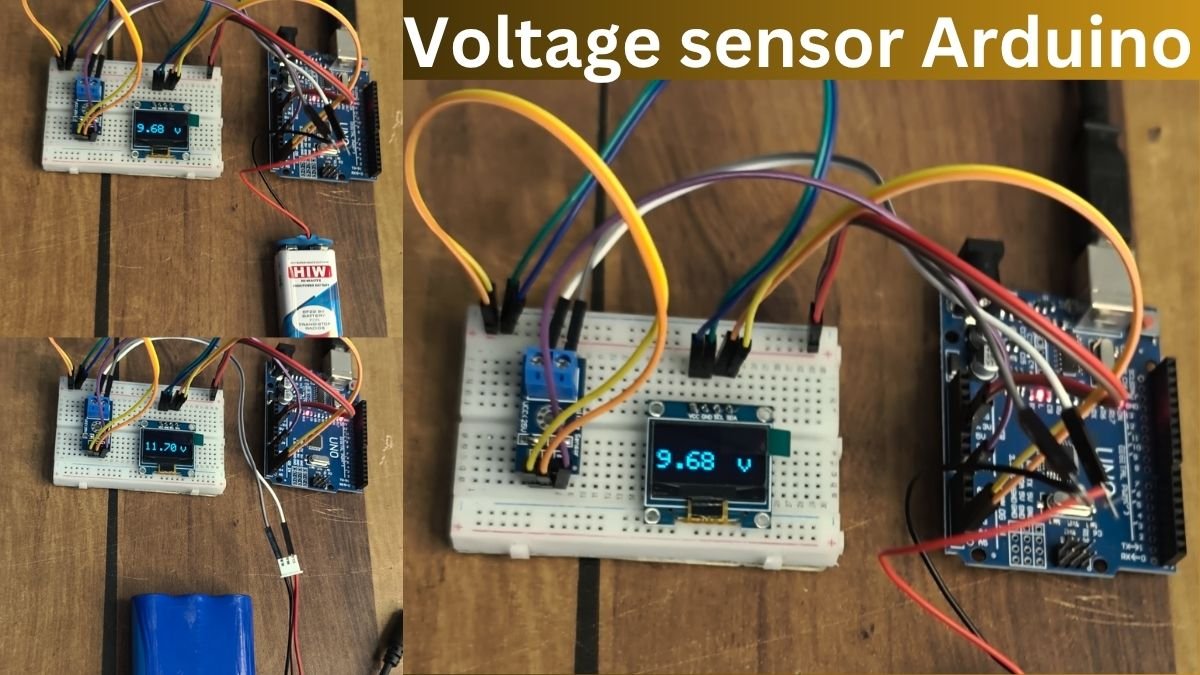
Rain Drop Sensor
Rain Sensor is a simple sensor that gives digital output. This sensor is very common for detecting rains, especially in tropical and subtropical regions.
- These type of sensor are easily available in the online and offline market at a very cheap price or can be built easily for large scale purpose.
- It comes in various version/type as you can see, but the basic working always remains the same. The plates where the rain falls can be custom-built on a separate PCB for large scale, as stated above.
- This sensor is similar to many other sensors like soil-moisture sensor, sound sensor, vibration sensor etc. You can relate it’s schematic and working of rain sensor much to these sensors.
- Also like soil moisture sensor main PCB, its main PCB also has a center hole through which you can stick or fix it on a separate place from the sensing area.
Advantages:
- The main advantage of the rain sensor is the sensitivity of the sensor at such a cheap price. The sensing area is quite good for small projects and can easily be expanded more, as recommended above.
- Secondly, there are mounting holes present on both sensing plate and main PCB which can be used to mount both the PCB on separate places.
Disadvantage:
- The main disadvantage of the sensor is the same as the Soil Moisture Sensor. That is the quality of the PCB of the sensing Plate or PCB. Which you should consider if you are using this sensor task in which plate is exposed to moisture and water for a long time.
- The second disadvantage is very selective, as the analog value which is provided in the sensor is not used mainly. Analog value is not useful in most of the cases because, as soon as the water falls on the plates, the Digital output will be high, so there is no scope for analog values.

Price & Availability:
- This sensor is very cheap, so easily available in both online and offline market. The price may differ a bit between offline and online market, as obvious. But for your convenience I have provided some link to online stores from which you can buy the sensor.
| Rain sensor | BUY LINK |
Rain Sensor Construction
you can see here the construction of the rain sensor

- The construction of rain drop sensor is very simple and relatable to many other sensors. The only difference is the sensing area or the plate which is exposed to rain to detect it.
- Unlike many it is also built out of LM393 low power Dual-Voltage comparator. Which is good for comparing small voltage values and giving corresponding output at the signal or output pin.
- The module has an on-board signal indicator led which glows whenever the rain is detected. Also, it has a potentiometer to trim the values sent to the microcontroller which is attached to this rain sensor.
- The contact pad or the plate which is exposed to the rain can be corroded easily as continuous usage. So, I would recommend to use with copper exposed layer one or zinc galvanized one, which will prevent it from corrosion.
Rain sensor Working
- The working of the rain sensor is very simple if you take a look at the schematic above. You’ll see that it is a very simple circuit which just compares the voltages and according to that delivers the output.
- The Non-inverting input of one comparator in connected to the sensing plate with a 10 kΩ pull-up resistor. Also, it has 10nF capacitor in parallel to reduce the noise from the sensing plate. The other end of the plate is connected to GND.
- The inverting input of the same comparator with a 10k potentiometer between VCC & GND. This is done in order to control the value to the microcontroller. Hence, as a result, controlling the comparing the voltage of the two inputs of the comparator.
- The output pin of the comparator is connected to the OUT pin of the module, which gives value to the microcontroller. Also, it is connected to the on-board LED for indication in the rain sensor.
Applications of raindrop sensor
- As this sensor is very simple to use so it is mainly used by beginners to learn and strengthen their steps in this field. We have also built several projects on this sensor, which you can view below links. The interfacing of the sensor with different microcontrollers is with complete code, & it’s working.
This is the complete working of the RainDrop sensor with its working and schematic explanation. I hope you understand it and enjoy it. I’ll be back with another article of this kind.

FAQ
Q. What is the Voltage range and logic level of rain drop sensor?
As per the datasheet of the LM393 IC, the operating voltage is up to 36V, so it is very easy to connect it to any voltage power supply. As for the logic level, the logic level is the same as the supply voltage or varies accordingly.
Q. Is custom Sensing plate useful?
Yes, If you are using the sensor for a large-scale purpose or for a large area, then it is certainly useful. Also, if you are exposing the plate to moisture and water for a long time, then galvanized or copper sensing plated are certainly useful.
Q. Is Analog value useful?
Again, it totally depends on the situation and needs. But according to me, it is less useful in most of the cases in my projects. I only use Digital value for almost all projects.







